Youth Climate Activists Are Back With New, Sharper Demands For Countries And Corporations
The Fridays for Future movement returned to spotlight a dangerous shortfall in climate action.
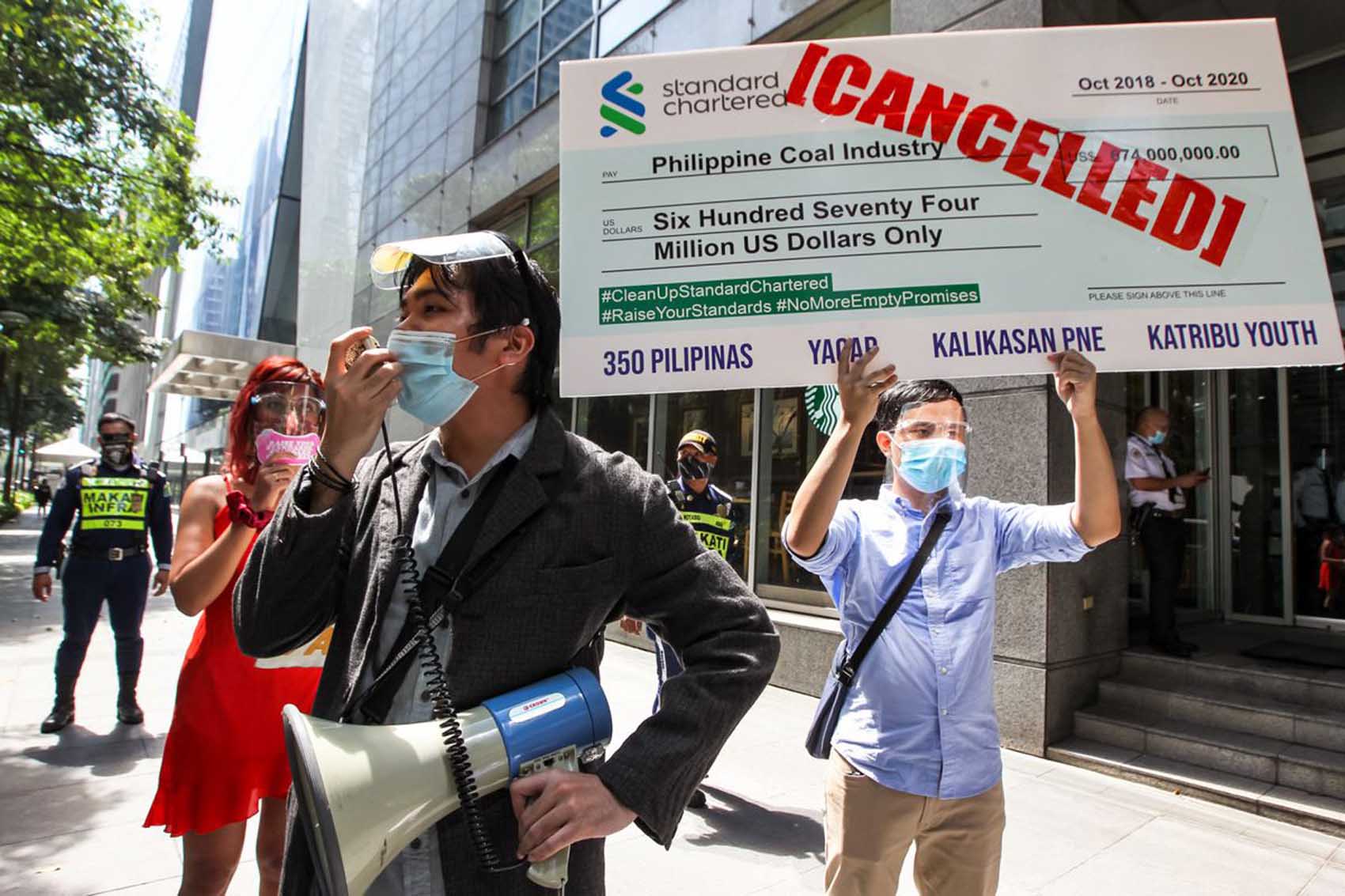
Youth Advocates for Climate Action Philippines activists protest outside of a bank office in Makati City on March 19, 2021. Photo: Fridays for Future
On Friday, Filipino youth activists stood outside a gleaming office tower with a giant, game show-style check. On it was the amount of financing the multinational bank Standard Chartered has provided to coal companies in the country since 2018, stamped red with the word “canceled.”
This protest outside the bank’s Manila offices was one of hundreds held in 68 countries on March 19, organized by Fridays for Future, the youth climate activism movement started by Greta Thunberg, an 18-year-old Swede. This time, kids, teens, and adults showed up on the streets and on screens to call out world powers’ “empty promises” to cut greenhouse gas emissions.
When we said we're striking all over the globe, we meant it. Here's Antarctica demanding for #NoMoreEmptyPromises and here's a youth activist from Mauritius doing it underwater!
— Fridays For Future (@Fridays4future) March 19, 2021
WE ARE UNSTOPPABLE!#FridaysForFuture pic.twitter.com/9fqplJaHK7
In recent months, the activists have persevered through quarantines and Zoom fatigue, and while Friday’s turnout didn’t come close to the 4 million who participated in the massive September 20, 2019 climate strike, the strong coordinated effort suggested they are still a force to be reckoned with.
In the last year, a spate of nations including China, Japan, and South Korea have set net-zero emissions targets — often for 2050 or beyond. Corporations, including Standard Chartered, have also made their own pledges. While some of these goals are aligned with the Paris agreement, they are only goals. Currently, global emissions are surging back after dropping last year due to the coronavirus pandemic, and many governments and institutions continue to plow money into fossil fuel projects.
Focusing on the insufficiency of these net-zero targets and pressuring specific international institutions are new tactics for the global youth climate movement, which has historically made broader demands for action.
“I don’t think Fridays for Future has ever done something that is very specific at a global level,” Jon Bonifacio, a 23-year-old activist with Youth Advocates for Climate Action Philippines, told Vox on Friday after a long day coordinating protests in the Philippines.
As part of their latest campaign, the activists are highlighting a new scientific framework for inspecting whether net-zero targets are “empty” or impactful. This could inform future protests to hold companies and countries accountable for their new targets.
“Scientists clearly state that what we need isn’t meaningless net-zero targets filled with loopholes — what we need are transparent, legally binding targets that take in account the aspects of justice and equity,” Nicki Becker, a youth climate activist with Jovenes Por El Clima in Argentina, said in a statement to the press.
Here’s what climate scientists say a robust net-zero target should look like — and how activists are pushing one bank to meet higher standards.
What activists and scientists want to see from net-zero pledges
A common refrain for youth climate activists when confronting politicians is “listen to the scientists.” This week the activists showed they’re using that advice to add heft and specificity to their own messaging.
On a Zoom press call on Thursday, a group of youth activists from around the world critiqued the state of net-zero targets. Genesis Whitlock, an activist with Climate Justice Antigua, raised concerns about the impact of developed countries using land from countries in the Global South to offset their emissions. “Will we aim to heal the wounds of natural resource exploitation or will we continue to extract [from] and marginalize Black and Indigenous communities?” she asked.
The activists also invited Joeri Rogelj, the director of research at the Grantham Institute at Imperial College London, to discuss how to improve these targets. He shared the new framework, which he and co-authors published in the journal Nature on March 16.
“Plans are hard to compare, and definitions loose. The details behind ‘net-zero’ labels differ enormously,” the authors wrote. To make the pledges more legible, the study outlines a checklist of information that target-setters should disclose across three categories: scope, adequacy and fairness, and a long-term road map.
Scope
Currently, the net-zero label masks large differences in actions, from what gases are actually being targeted to how much the plan relies on offsetting emissions. For instance, China has yet to clarify whether its proposed net-zero target just refers to carbon dioxide or all greenhouse gas emissions.
This lack of transparency raises serious issues — observers cannot evaluate whether a plan is in line with the science from the Intergovernmental Panel on Climate Change showing that global carbon emissions must reach net-zero by 2050 to keep the world’s temperature from rising more than 1.5 degrees Celsius.
So, as a starting point, the authors say pledges need to be clear about what gases they target, what activities they cover (whether they account for the carbon footprint of imported goods, for example), and when they plan to reach net-zero. The plan should also clarify how much they are relying on the “net” part of the net-zero target — in other words, does the plan rely on the massive deployment of carbon dioxide removal plants or other technologies to suck up emissions? The authors point out that some of these solutions are nascent or problematic.
Fairness
In net-zero targets, “ethical judgments are unavoidable, even if unvoiced,” the authors write. If a country sets a later date for net-zero targets, it assumes that other countries will pick up the slack and set earlier deadlines, for example. Similarly, by failing to include all greenhouse gases in their target, a country might let their methane-intensive agricultural sector off the hook, but those emissions will still be felt by the world.
“One really needs to consider whether one sector or one country that is in a better position doesn’t need to go faster or doesn’t need to go beyond net-zero,” Rogelj said during the press call.
The authors are not prescriptive about what constitutes fairness, but they suggest that all countries and other groups setting net-zero targets clearly describe the assumptions they’re making and the implications for other countries.
Road Map
Setting a net-zero target is not enough, the researchers argue. Rather, a clear timeline needs to be established to achieve that goal, along with a regular check-in process to ensure it is being met, otherwise countries might delay the hard work until it’s too late.
Through this checklist, Rogelj said he hopes to help activists and others boost accountability. “It really provides a recipe for activists to use and for them to talk to people in power.”
Putting Standard Chartered to the test
By highlighting the deficiencies in current net-zero targets through the #NoMoreEmptyPromises hashtag on social media, youth climate activists are pushing for the transparency the framework calls for.
On Friday, they chose to shine a light on the mismatch between Standard Chartered’s goals and actions, protesting at the bank’s offices in over 10 countries, according to a Fridays for Future press release. The activists decided to target the bank because it is a large fossil fuel financier and is headquartered in the UK, which will be hosting the upcoming UN climate negotiations in November.
The bank, which had nearly $800 billion in assets in 2020, set a target to reach net-zero by 2030 — but just for its buildings, not its investments. The bank has provided $2 billion in loans and nearly $8 billion through underwriting services to coal companies since the IPCC’s dire 1.5 Celsius special report was published in 2018, according to German NGO Urgewald.
We're here at @StanChart's office!
— Mitzi Jonelle Tan 🌏 (@mitzijonelle) March 19, 2021
The amount on the cheque is how much money they're pouring into coal here in the Philippines. Enough injustice! Divest from coal completely & stop funding our destruction!#CleanUpStandardChartered#RaiseYourStandards#NoMoreEmptyPromises pic.twitter.com/TZrwHHIC3z
Since 2018, the bank’s loans and underwriting have supported coal companies across many developing countries including in the Philippines, Indonesia, and India, Urgewald reports. Last year, the bank pledged to divest from any company with more than 10 percent of its revenue from coal by 2030, but activists want divestment now.
Filipino activist Jon Bonifacio reported that the protests targeting the bank on Friday were successful, with activists turning out across the country’s three major island groups for the first time. A bank representative came down to meet the protesters outside the Manila office and accepted their letter of demands to divest from fossil fuels.
“With the strikes that went on today and of course are still going on in different time zones, most of them are targeting Standard Chartered offices and that is something that they’ll probably definitely notice,” Bonifacio said on Friday.
He described the complexity of pulling off this campaign at a time when Covid-19 cases are once again rising in the Philippines. Bonifacio himself was scheduled to speak at the protest, but he had to quarantine when a family member learned they had been in contact with someone who contracted the virus.
Despite the challenges of organizing during the pandemic, he said that spending more time online has helped activists connect and shift their focus to the most affected countries and people.
“The movement will keep growing, the movement will keep diversifying,” he said. “We’ll be here as long as the climate crisis is there.”
-

Moldovan youth is more than ready to join the EU
2024-04-18 -
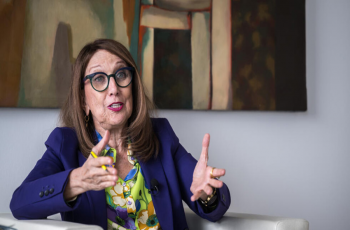
UN says solutions exist to rapidly ease debt burden of poor nations
2024-04-18 -
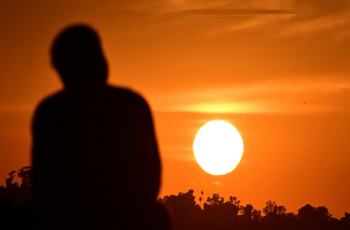
'Human-induced' climate change behind deadly Sahel heatwave: study
2024-04-18 -
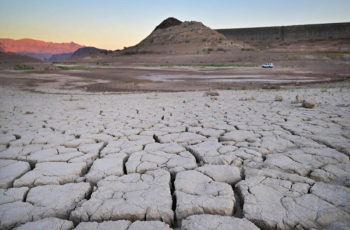
Climate impacts set to cut 2050 global GDP by nearly a fifth
2024-04-18 -
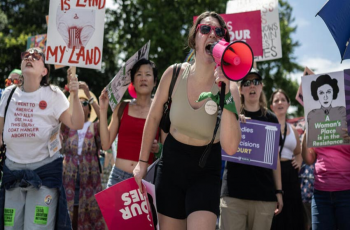
US sterilizations spiked after national right to abortion overturned: study
2024-04-13 -
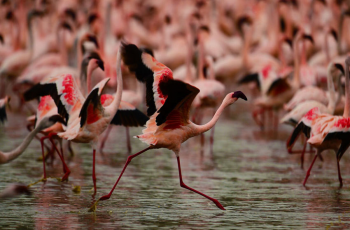
Future of Africa's flamingos threatened by rising lakes: study
2024-04-13 -
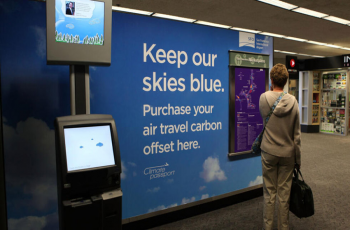
Corporate climate pledge weakened by carbon offsets move
2024-04-11 -
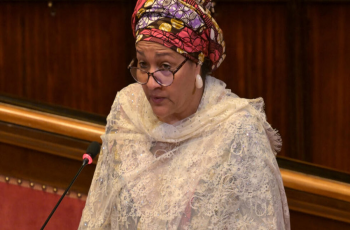
Humanity lost 'moral compass' on Gaza: top UN official
2024-04-10 -

No.1 Scheffler says patience and trust are secrets to success
2024-04-10 -
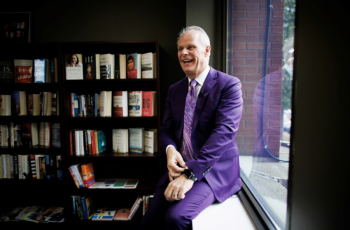
From homeless addict to city chief: the unusual journey of Canadian mayor
2024-04-10
